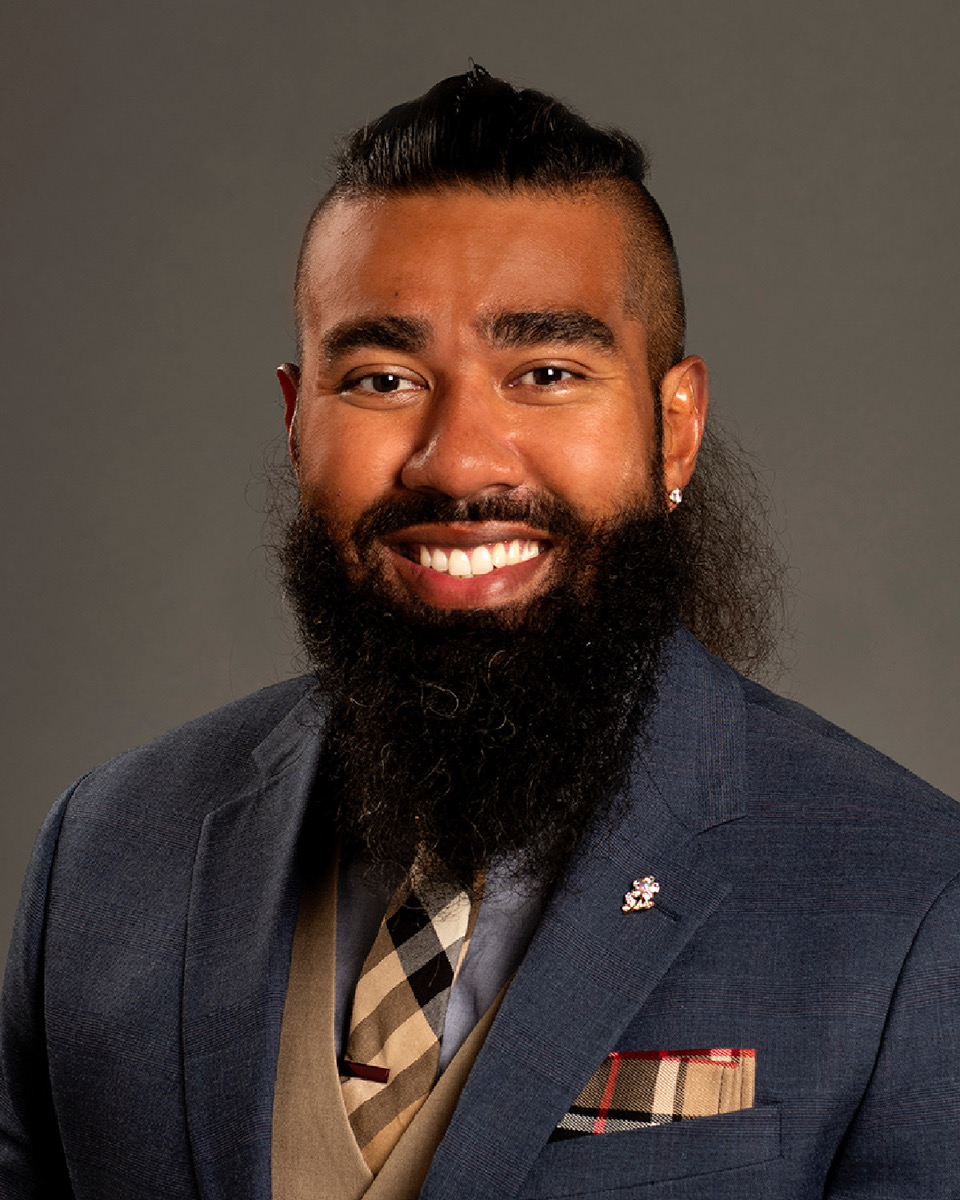If we have the free will to live on our terms, do we also have the free will to end our lives on our terms? It’s a sensitive question about a taboo topic: death not by accident, nature or servitude, but by choice.
The United States has long struggled with the topic of death with dignity, employing a myriad of prerequisites before realistic consideration. On March 17, 2024, Canada will take what some consider a progressive move forward and what others believe to be an archaic move of medical negligence: allowing people suffering solely from a psychiatric mental illness such as depression to be potentially eligible for medical assistance in dying.
Although procedural safeguards are in place in the United States and Canada, it begs the question: If we have the right to live as we please, should we also have the right to end our lives as we please?
The concept of “death with dignity” revolves around the idea that individuals facing terminal physical or mental illnesses should have the right to make decisions about their own end-of-life care, including the option to hasten their death through medical intervention. This approach emphasizes personal autonomy, compassion and the alleviation of suffering. Advocates of death with dignity argue that it provides a humane way for individuals to retain control over their lives and maintain their dignity in the face of a painful and inevitable fate.
One of the fundamental principles underlying the argument for death with dignity is respect for individual autonomy. The right to make choices about one’s own body and life is a fundamental human right. Denying individuals the option to end their lives on their terms disregards their autonomy and undermines their sense of self-determination. Just as individuals have the right to make decisions about their medical treatments, they should also have the right to decide when and how to approach their deaths.
Terminal physical and mental illnesses often bring with them immense pain and suffering. For those who face prolonged agony with no possibility of recovery, the ability to choose when to end their suffering can provide a sense of relief. Death with dignity allows individuals to avoid enduring a prolonged and painful decline, preserving their quality of life until the end. This compassionate approach respects the individual’s wishes and recognizes the value of relieving agony.
The concept of “dignity” is profoundly personal and varies from person to person. For some, the idea of being bedridden, dependent on others and experiencing physical or mental pain may erode their sense of dignity. Death with dignity offers a way to maintain a semblance of control and self-respect as individuals approach the end of their lives. It allows them to depart on their terms, consistent with their values and beliefs, which can contribute to a more peaceful and dignified passing.
Critics of death with dignity raise concerns about the potential slippery slope it might create. They argue that allowing individuals to end their lives through medical intervention could pave the way for abuse of the practice. There’s a fear that as societal norms evolve, the criteria for eligibility could become more lenient, potentially including cases where an individual’s decision-making capacity is compromised or where social/economic pressures influence the decision.
Another consideration is the moral belief that life is inherently valuable and should be preserved. Critics contend that death with dignity may undermine the sanctity of life by presenting death as a medical choice rather than a natural and sacred process. They argue that choosing death, even in terminal physical or mental illness, may diminish the reverence for life, leading to a devaluation of life in society.
The involvement of medical professionals in facilitating death with dignity raises ethical questions about the role of healthcare providers. Physicians are traditionally bound by an oath to preserve life. Assisting in a patient’s death creates a moral conflict for medical practitioners and erodes the trust between patients and doctors.
The debate surrounding death with dignity revolves around fundamental questions of autonomy, compassion and the sanctity of life. Striking a balance between individual rights and societal safeguards is a complex challenge that requires careful consideration of the practical and ethical dimensions of this deeply divisive issue.


